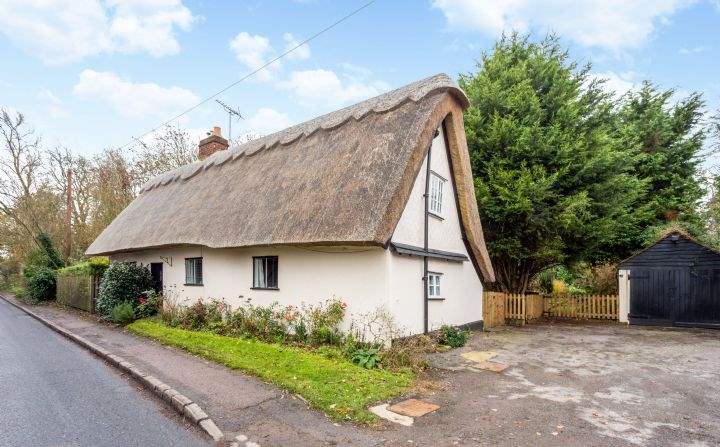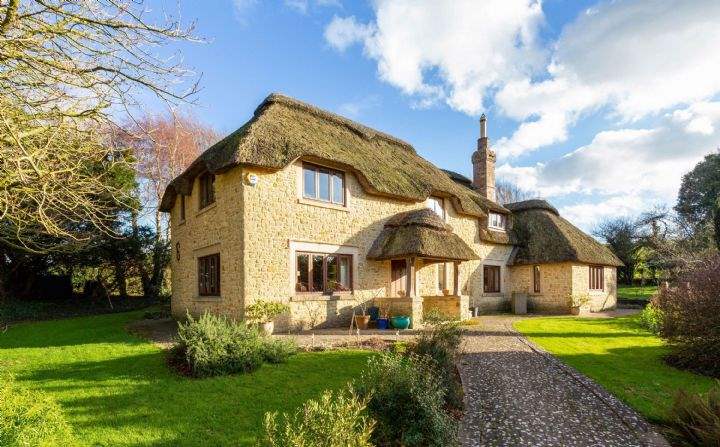It’s estimated that there are currently over 60,000 thatched properties in Britain, with roughly 75 per cent of these holding a listed building status. For its size, Dorset has more thatched houses than any other part of the country, with nearly a tenth of them located here – that’s around four per square mile.
However, thatched properties can be found all across Britain, showcasing distinct regional thatching methods and styles which have developed over hundreds of years to provide the most long-lasting protection from the elements.
There are five main ‘styles’ of thatching: Highlands, Northern, Eastern, South and South West. In the North and East of the Britain, the roofing styles take an angular shape, while in the South and the South West, a more rounded style is common, often topped with an ornately designed ridge. In the North, where cereal straw is less commonly available, the use of different materials such as heather became prevalent, in addition to turf and wooden boards for ridging.
While many people understandably associate thatched roofs with rural period cottages, thatch is still being used in the design of some contemporary properties, particularly in conservation areas where the observance of local architectural narrative is required.
Given that this is a roofing style which dates back to prehistoric times, it’s surprising how little the average homeowner knows about thatch. If you’re considering purchasing a thatched home, here’s our quick guide to this ancient architectural craft.
Are thatched roofs waterproof?
While straw and water reed – the most commonly used materials for thatching – aren’t waterproof in themselves, the way that thatched roofs are laid at an angle and packed down ensures that water runs off the surface of the thatch instead of being absorbed. Therefore, a well-maintained thatched roof should be just as waterproof as a tile or slate roof.
How long does a thatched roof last?
This largely depends upon the weather conditions. Areas which are subject to more rainfall will see thatched roofs deteriorating more quickly; but drier areas, particularly those which are liable to stronger winds, will naturally prolong the life of the thatch. In East Anglia, it’s not uncommon for a water reed thatched roof to last up to 60 years, while in damper, more sheltered areas such as the South West, roofs will most likely last around half that time. The ridge of a thatched roof will require more regular maintenance and should be replaced at least once in a roof’s lifetime.
Are thatched roofs a fire hazard?
Insurance records bear out the fact that a thatched roof is no more likely to catch fire today than a tiled roof. Fires generally start in the chimney and can spread to a roof through poorly maintained brickwork. To minimise any fire risk, it’s recommended that chimneys are lined, regularly swept, and that chimney stacks are inspected on a periodic basis.
Why do some thatched roofs feature a straw animal figure?
These are common in the West Country, where thatchers have been making straw animal finials to adorn and identify their work for centuries. They were often used to deter foraging birds, but at one time, were also intended to ward off evil spirits. Now, these highly prized finials are the sign of a master thatcher’s skill and imagination.
If you’re contemplating a move to an idyllic thatched home, here are just a few of the best currently on offer:
(4).jpg)
.jpg)

(2).jpg)

(1).jpg)

.jpg)
.jpg)
.jpg)
.jpg)
.jpg)
.jpg)
.jpg)
.jpg)
.png)
